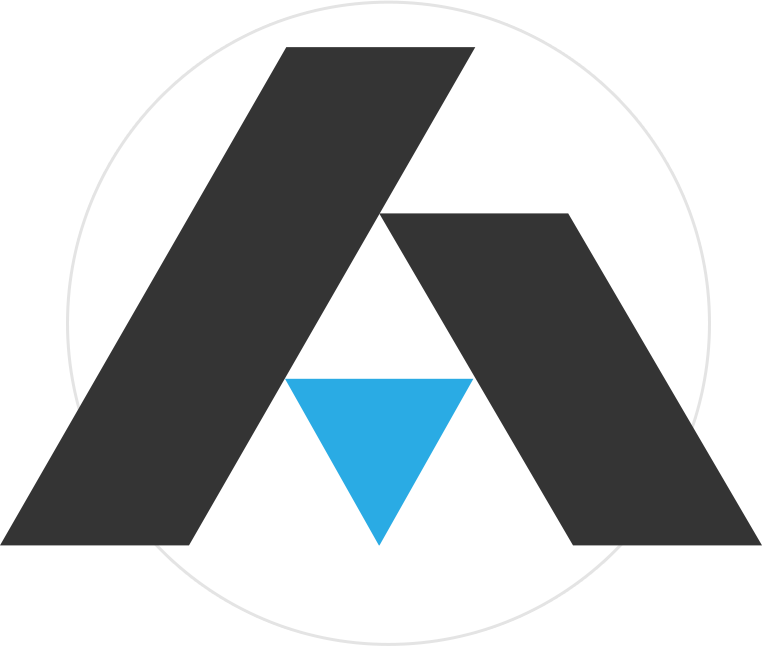
There’s no indication that medical costs will be decreasing anytime soon. PwC (PricewaterhouseCoopers), the second largest professional service firm in the world, released a study indicating that medical costs could increase more than six percent this year, with larger increases coming in the future.
Medical technology has brought costs down by developing new ways to deliver medical care technologies and processes known as “support systems.” Examples include telemedicine and electronic medical records and transmission of information.
These advances and procedures are going a long way to make a dent in skyrocketing medical costs and can improve the level and quality of health care.
Here are two innovations helping to make your health care better and more cost effective.
1. Telemedicine
Telemedicine is 24/7 access to medical care through a phone app or your personal computer. Created as a way to treat patients who don’t live near medical health facilities, telemedicine now appeals to a wider range of patients who appreciate the convenience and low cost.
Anyone who uses telemedicine can talk to a doctor who may have access to medical records and can prescribe medicine. Access to professional care is especially important to people who need medical advice in the middle of the night, who don’t have access to transportation, or who don’t want to spend valuable time in a waiting room.
A telemedicine visit usually costs much less than an in-office visit. Some insurers will totally cover the cost of these consultations.
New home-use medical devices have fueled the telemedicine trend. These devices can perform function such as take readings of vital signs, diagnose ear infections, monitor glucose levels, or measure blood pressure. Doctors receive the patient’s medical information and can make a diagnosis, and the patient doesn’t need to leave home.
2. Electronic Records
Instead of tracking a patient’s medical information on paper, medical professionals now keep records electronically in three formats: medical records, health records, and personal health records.
Electronic medical records (EMR) are digital versions of the paper charts used in doctors’ offices, clinics and hospitals. A provider collects information about the patient and uses the records to make a diagnosis and recommend treatment. EMRs are more versatile than paper records because they can include several years’ worth of data. They can also show when a patient is due for a preventive visit, screening or vaccinations. A downside is that EMRs cannot be shared electronically with providers outside a practice.
Electronic health records (EHR) are similar to EMRs, but every clinician involved in a patient’s care can enter and access information — including laboratories and specialists. Information captured on an EHR may include a patient’s medical history, diagnoses, medications, treatment plans, immunization dates, allergies, radiology images, and laboratory and test results.
In addition to coordinating care, an EHR also saves health care providers time and money by reducing transcription costs and reducing medical record and coding errors. They also allow your providers to send prescriptions electronically and receive lab results faster.
Personal health records contain much of the same information as an EHR, but patients have access to the information and can check on their diagnoses, medications, immunizations, family medical histories, and provider contact information. Some systems also allow patients to request appointments, renew prescriptions, communicate with their physicians and add relevant information to their records. It’s a great time saving feature for both patients and providers.
If you’d like more information about technology and medical costs, please contact us today!






